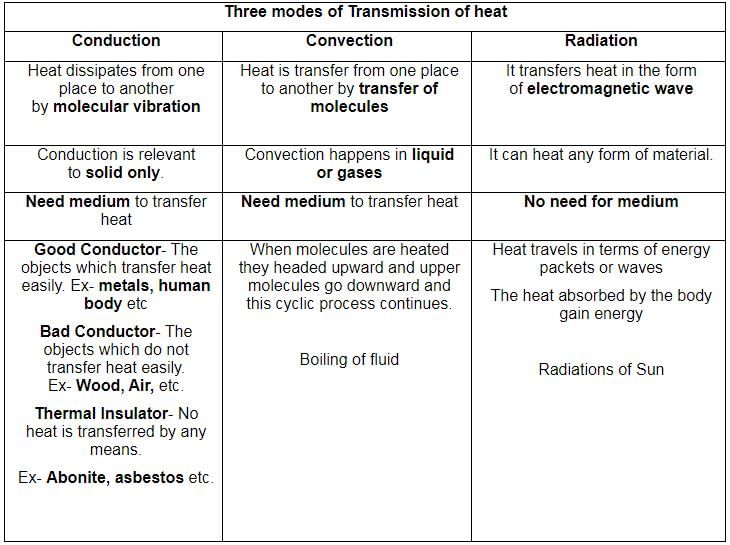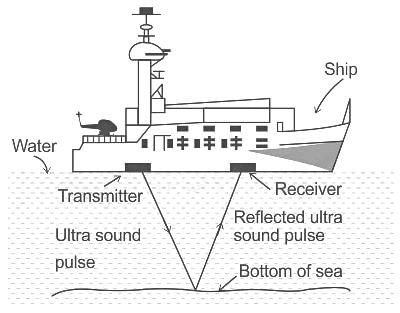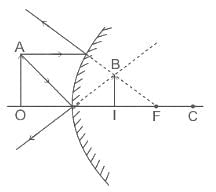Software Development Exam > Software Development Tests > Test: Modern Physics - Software Development MCQ
Test: Modern Physics - Software Development MCQ
Test Description
10 Questions MCQ Test - Test: Modern Physics
Test: Modern Physics for Software Development 2025 is part of Software Development preparation. The Test: Modern Physics questions and answers have been prepared
according to the Software Development exam syllabus.The Test: Modern Physics MCQs are made for Software Development 2025 Exam.
Find important definitions, questions, notes, meanings, examples, exercises, MCQs and online tests for Test: Modern Physics below.
Solutions of Test: Modern Physics questions in English are available as part of our course for Software Development & Test: Modern Physics solutions in
Hindi for Software Development course.
Download more important topics, notes, lectures and mock test series for Software Development Exam by signing up for free. Attempt Test: Modern Physics | 10 questions in 12 minutes | Mock test for Software Development preparation | Free important questions MCQ to study for Software Development Exam | Download free PDF with solutions
Detailed Solution for Test: Modern Physics - Question 1
Detailed Solution for Test: Modern Physics - Question 2
Test: Modern Physics - Question 3
A wooden spoon is dipped in a cup of ice cream. Its other end will _________.
Detailed Solution for Test: Modern Physics - Question 3
Test: Modern Physics - Question 4
Which of the following statements is true with respect to light?
Detailed Solution for Test: Modern Physics - Question 4
Test: Modern Physics - Question 5
When the speed of any object exceeds the speed of sound, it is said to be travelling at which speed?
Detailed Solution for Test: Modern Physics - Question 5
Detailed Solution for Test: Modern Physics - Question 6
Test: Modern Physics - Question 7
In which type of extrinsic semiconductor are electrons the major charge carriers?
Detailed Solution for Test: Modern Physics - Question 7
Detailed Solution for Test: Modern Physics - Question 8
Test: Modern Physics - Question 9
The mirror used in automobiles to see the rear field of view is _____ mirror.
Detailed Solution for Test: Modern Physics - Question 9
Detailed Solution for Test: Modern Physics - Question 10
Information about Test: Modern Physics Page
In this test you can find the Exam questions for Test: Modern Physics solved & explained in the simplest way possible.
Besides giving Questions and answers for Test: Modern Physics, EduRev gives you an ample number of Online tests for practice
Download as PDF






















